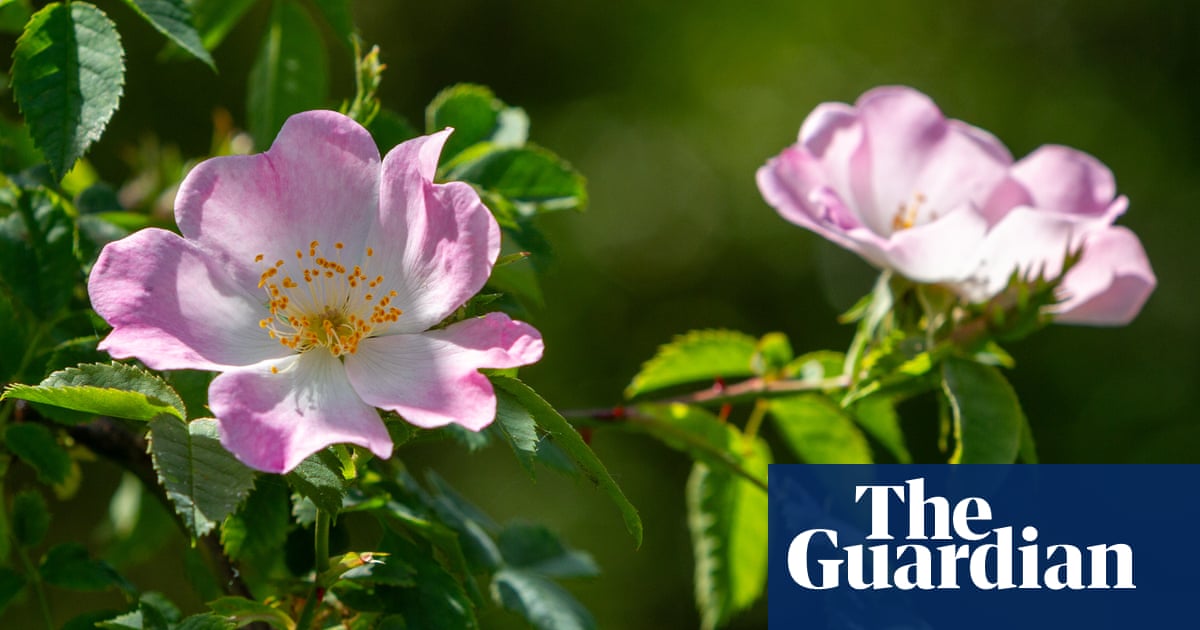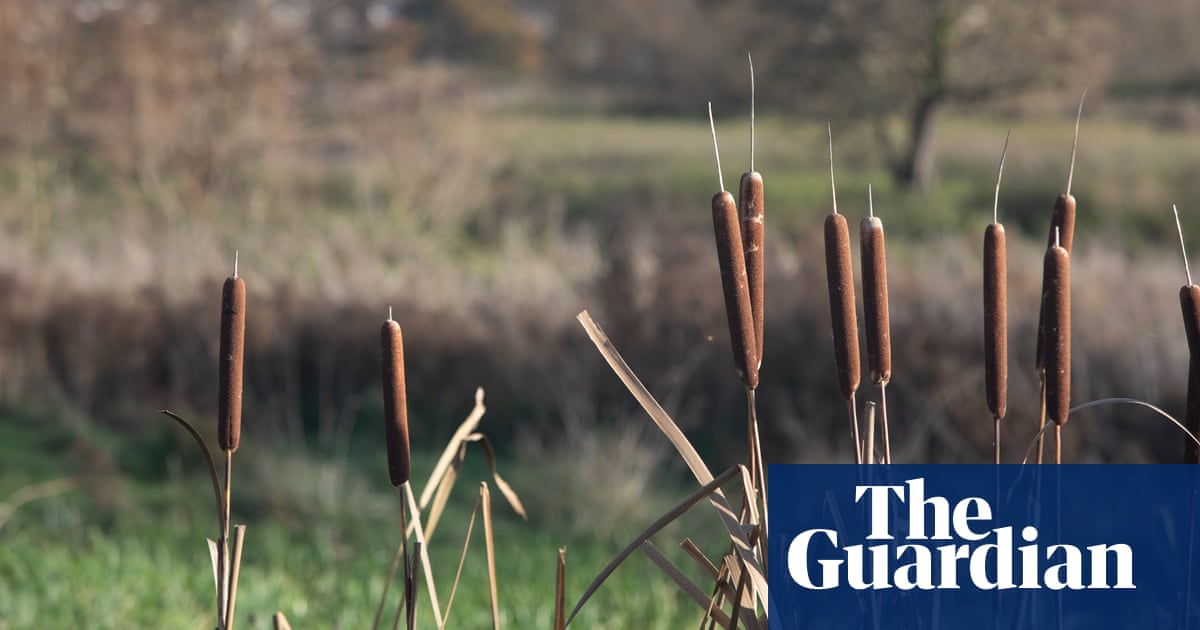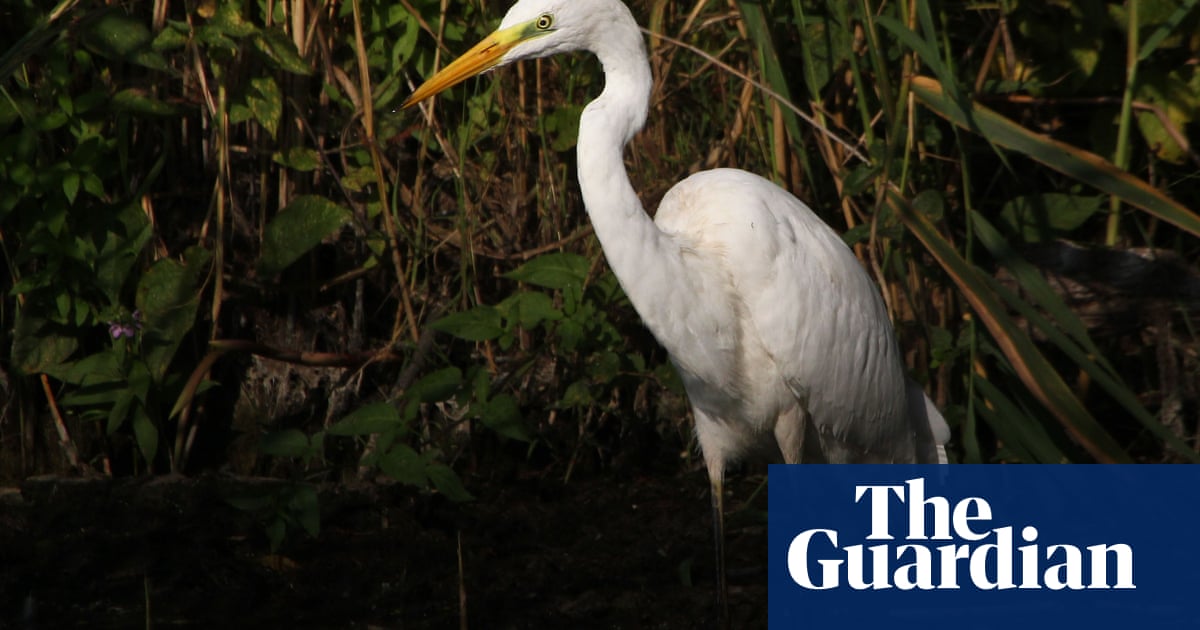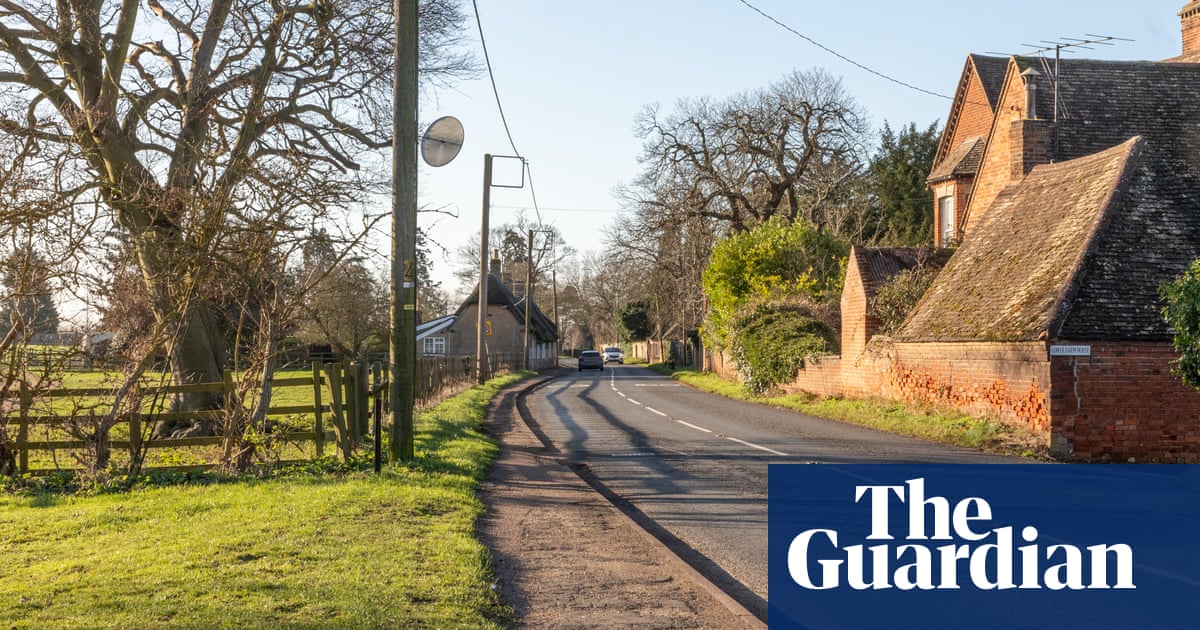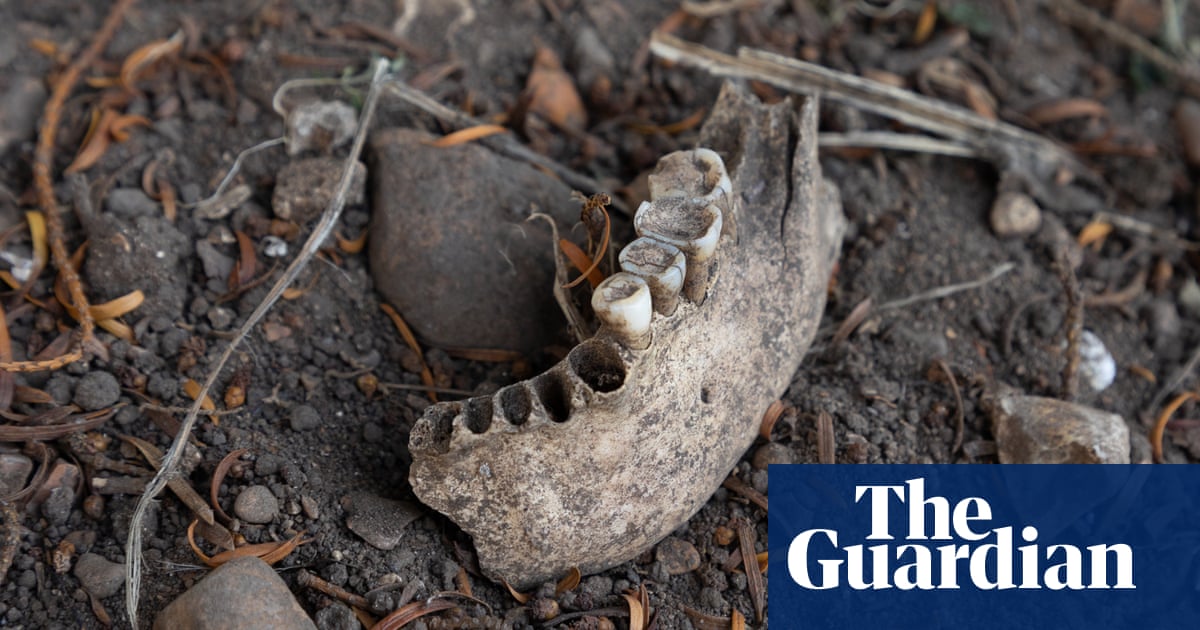
Adark, dense mass of twigs as big as a grapefruit is wedged into the clematis, a forearm’s reach above the patio window. Seen from below, it’s not a ball, but a bowl, with a round-ended tab protruding from the right side like the handle of a spoon. And the spoon is moving, always moving, with tiny flicks, beating back and forth, back and forth.
I have the unbelievable good fortune to be privy to one of the most private, intimate and dangerous periods in a shy bird’s life. A voyeur through the glass, I’m seeing nothing of this dunnock while she broods but the tip of her tail, so there is no question of disturbance. And she watches us on our exits and entrances through the back door, unbothered by predictable human patterns of behaviour, for here she stays.
Not for nothing was the dunnock once known as the hedge sparrow, her breeding season played out solo, usually nesting unaided and unobserved within an obscuring lattice. But here she is practically a house guest, sitting through a fortnight’s confinement while she incubates her eggs. Baby blue they are, I’ve read, though I hope not to find out.
We think of birds sitting still while they brood. Not this dunnock, with her incessant restlessness. Does this perpetual fidgeting run all the way up the tail and into a pulsing chest, turning her eggs – probably four or five of them – with instinctive twitches? It seems that there are more unfathomables under a bird’s breast than we could even imagine.
The ticking tail becomes more animated, now sliding two or three centimetres beyond the rim of the nest and back, the flicks to the side becoming more exaggerated. It is a prelude to the dunnock launching herself out of the nest and landing on the path. She jabs this way and that for tiny provisions, running or hopping over a low belly with that peculiarly dunnocky sleight of foot. And for these few minutes as she inches under the rhubarb, her nest bowl lacks its living spoon.





